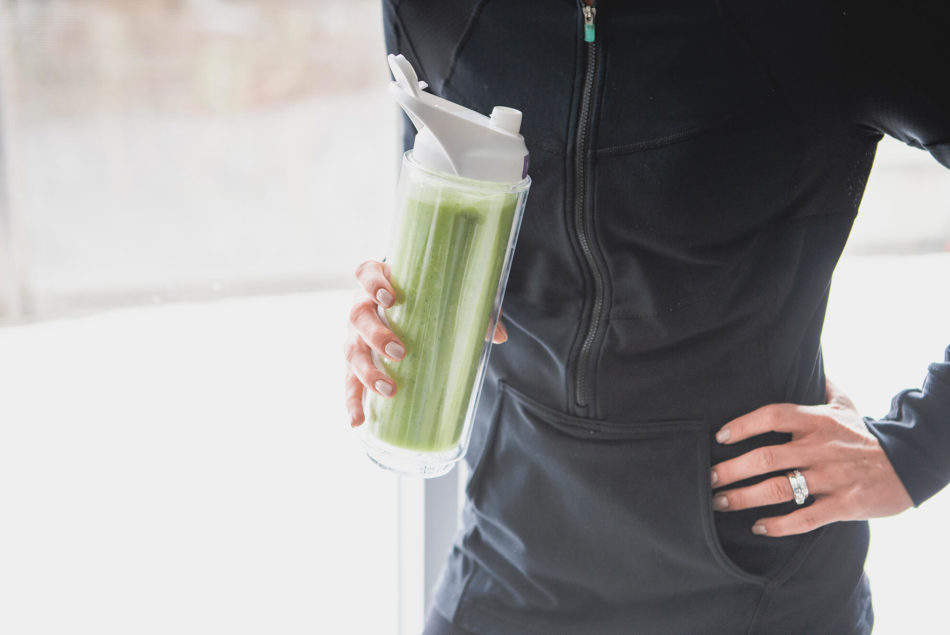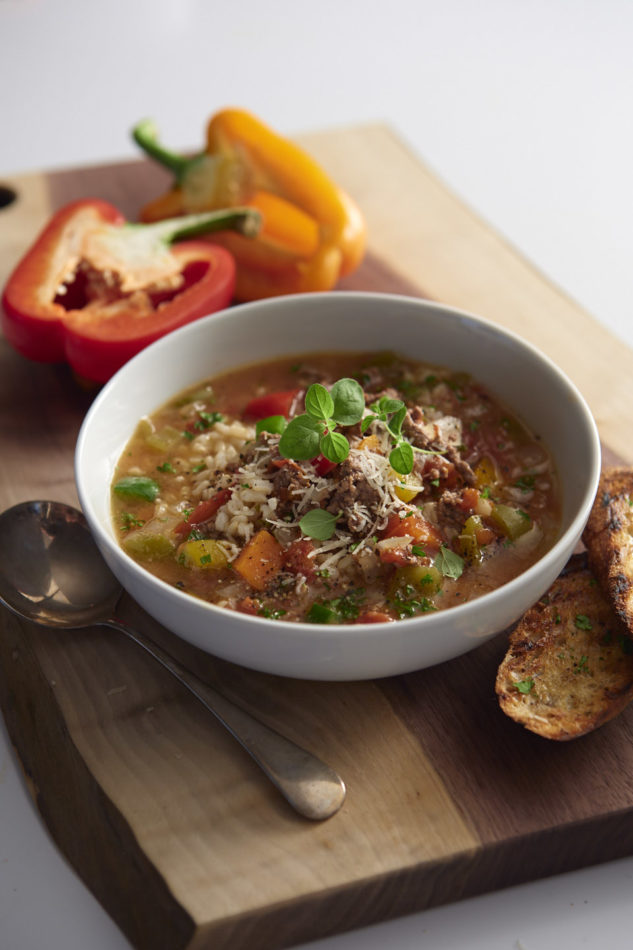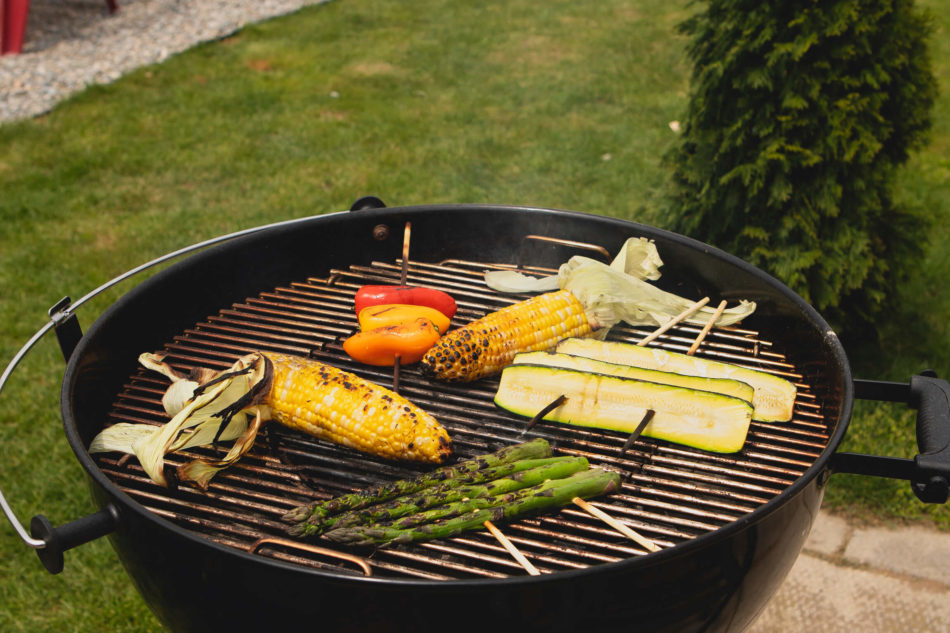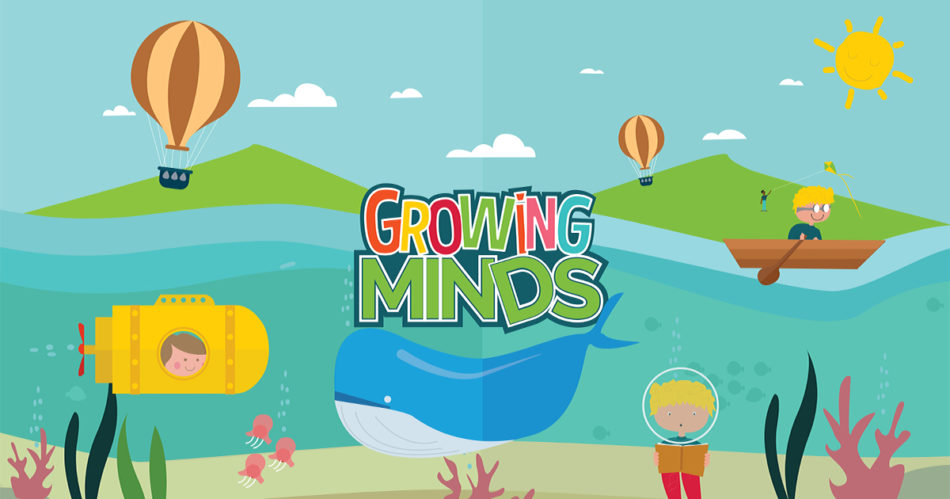Why It’s Important to Keep Your Whole Body Healthy
Keeping our bodies healthy is about more than just eating the right foods (although that plays an important part)–it’s also about maintaining our physical, emotional, and mental wellbeing by adopting healthy habits. Everything we do has an influence on our overall health, so we need to take a holistic approach to nourishing our bodies if we want to do it right!
Prioritizing your overall health starts with creating an action plan. To help you start taking a full body approach to nourishment, there are four good-for-you habits you can adopt: eating healthy, getting active, drinking enough water, and exercising your brain. By developing these four habits, you can create a strong foundation that supports a healthy lifestyle!
We believe that healthy eating goes hand in hand with many other healthy lifestyle habits. Let’s take a look at the easiest ways for you to incorporate these habits into your daily routine!
Nourishing Your Body from Top to Bottom
From eating healthy to keeping your mind sharp, nourishing your whole body is an essential part of living a healthy lifestyle from top to bottom. Here are some of our best tips and resources for taking a full body approach to nourishment!
Healthy Eating
It’s a known fact that eating a healthy diet is one of the best ways you can keep your whole body nourished. A healthy diet consists of foods like fruits and vegetables, whole grains, proteins, and dairy products. These foods provide our bodies with many essential vitamins and nutrients that help us meet our daily nutrition needs. And, according to Canada’s Food Guide, up to half our plates should be full of colorful fruits and vegetables (like Tomatoes, Peppers, and Cucumbers)!
The first step for eating a more balanced diet is finding ways to get more whole foods onto your plate. There are so many ways for you to incorporate more healthy foods into your diet–all you need to do is figure out the ways that work best for you. Here are some of the most common barriers people face when trying to eat more healthy foods (plus some tips and resources to help you overcome them):
- Time – One thing no one ever seems to have enough of is time! If you struggle with finding the time to add healthy foods to your diet, that’s because you have to make the time. Check out our Meal Prep Guide for tips on how to set aside time for healthy meal prep (plus five easy meal prep recipes to get you through a busy work week).
- Pickiness – If fruits and vegetables aren’t typically your go-to foods to snack on or add to a meal, there are lots of unique ways to get them onto your plate! You can add fresh vegetables to your favorite comfort food recipes or hearty soups, use different herbs and spices to enhance the flavor of your Tomatoes and Peppers, or prepare your vegetables In a different way such as on the grill.
- Waste – Have you ever bought lots of fresh foods with full intentions of eating them during the week, but then arrived at the end of the week with a pile of food that has gone to waste? Many of us have been there, but there are easy ways you can avoid this issue while still eating more healthy foods! Check out our list of tips for tackling food waste at home, or explore unique ways to eat up all your extra Tomatoes, Peppers, and Cucumbers.
One final barrier that many people face when trying to eat more whole foods is a lack of inspiration. Check out these resources and recipes that are sure to inspire you to eat more fresh foods!
- The Ultimate Guide to Snacking Healthy On-the-Go
- How to Pickle & Can Tomatoes, Peppers, and Cucumbers
- How to Support Your Immune System with Fresh Veggies
- How to Build a Charcuterie Board Starring Fresh Veggies
- How to Build A Heart-Healthy Meal
- How to Cook Seasonally in the Winter
Staying Active

For most people, living a healthy lifestyle involves getting physically active every day. If you’re not sure how much you should be exercising, moving your body for just 30 minutes each day is a realistic goal that can have a big impact on your overall health!
It’s also important to remember that healthy eating and physical exercise are closely linked to each other. The food you eat directly impacts the results of your workouts, so it’s important to know the best foods to eat before and after you exercise. For more information on what you should be eating to fuel your exercise routines, here are the best dietitian-approved pre-workout and post-workout foods to add to your shopping list (plus simple exercise ideas to get your heart pumping)!
Drinking Enough Water
Water plays a huge role within our bodies, making it one of the most important things we need to keep ourselves nourished. Water helps with functions like brain, muscle, organ, and joint activities, removing toxins and waste from our body, controlling body temperature, and moving nutrients throughout our body.
Do you consume enough water each day? We’ve shared the best daily water consumption recommendations here to help you stay properly hydrated!

One thing you may not know about water is that there are lots of ways to consume it besides drinking it out of a glass! For example, many fruits and vegetables have a very high water content, making them hydrating as well as nutritious. All the produce we grow fits into this category, but Cucumbers are especially hydrating since they are made up of over 90% water. Check out these Cucumber recipes for new ideas to add more fresh Cucumbers to your diet!
Exercising Your Brain
Keeping your mind sharp is an important part of taking a full body approach to your health. A healthy brain is essential for our bodies to function efficiently, so regularly exercising your brain needs to be a part of your healthy lifestyle!
Alongside playing puzzles and games, learning new skills, reading, and meditating, practicing mindful eating habits is a great way to exercise your brain while nourishing it with healthy foods! Here are a few mindful eating tricks you can add to your healthy eating routine:
- Ask mindful questions while eating – While enjoying a meal, try asking yourself some mindful questions to increase your awareness of the way you’re eating. For example: What am I eating? Who am I eating with? How much am I eating?
- Eat slowly – Simply try eating your meals a bit slower so you can focus on what you’re eating. This will also help you recognize your hunger cues so you know whether you need to eat more food or if you’re feeling satisfied.
- Eliminate distractions – When we focus on anything but the food we are eating, we reduce our brain’s ability to truly connect with what and how much we have eaten. The best ways to eliminate distractions during mealtimes is to make a ‘no phones at the dinner table’ rule and to avoid eating in front of the TV.
You can find more mindful eating tips and tricks here!
Growing Minds Education Program
The best part about these four good-for-you habits is that they can be adopted and strengthened at any time in your life! That’s why we created the Growing Minds Education Program, which aims to help children develop healthier food, nutrition, and cooking habits at a young age. The program focuses on topics such as the major food groups, the importance of water, mindful eating, and greenhouse growing to help children develop critical healthy eating habits.
If you’re interested in helping your kids adopt healthy lifestyle habits at a young age, check out our free Growing Minds Education Program for age-appropriate and engaging lesson plans, activity sheets, and quizzes.







